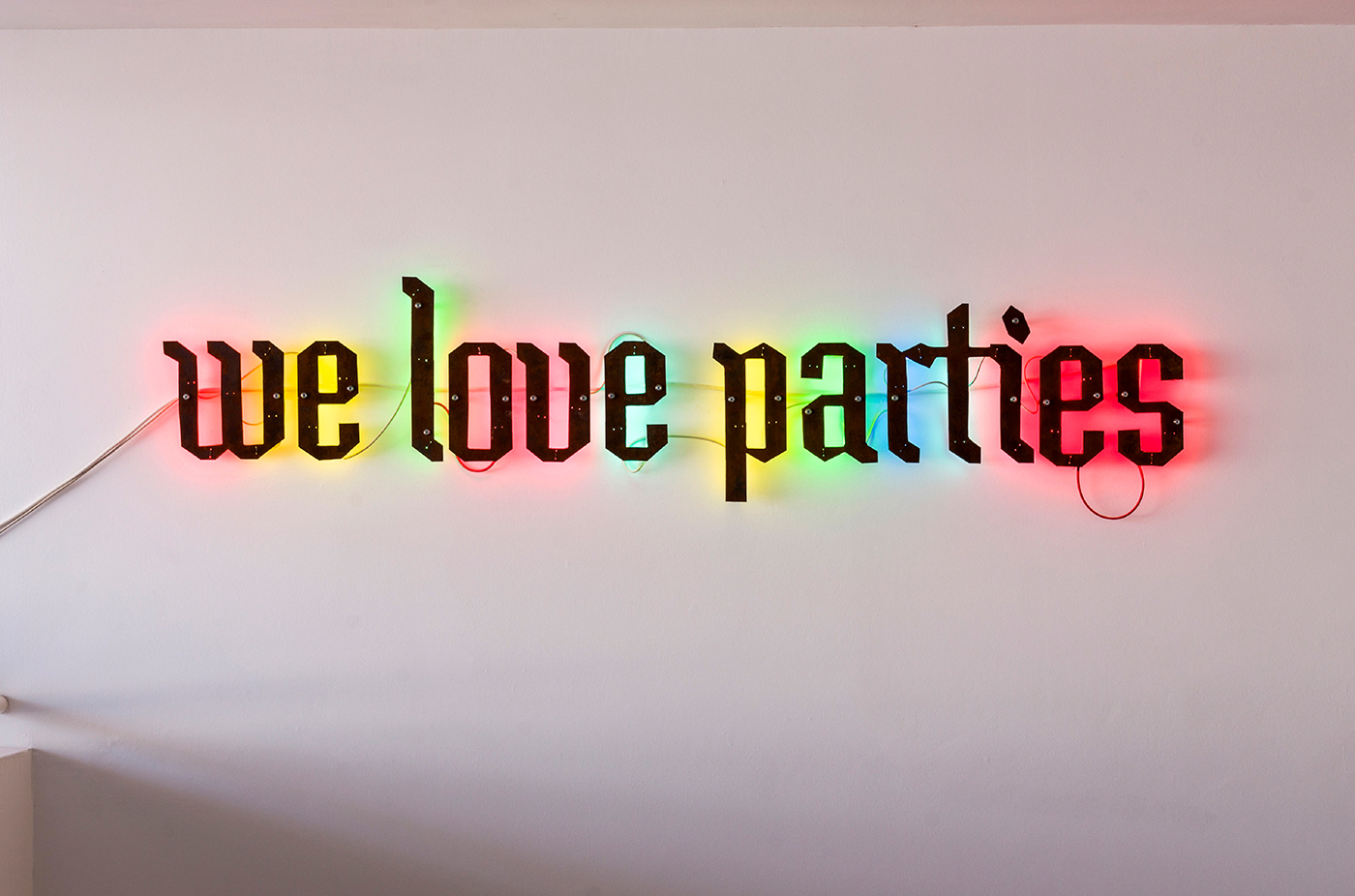
Let’s Think Positive came about in 2003 as part of the exhibition If Alive that Manuel Saiz presented at the Museu de L’Empordà in Figueres, Girona. The idea behind the exhibition was the beginning of the preparations for his future 65th birthday on the 10th of January 2026.
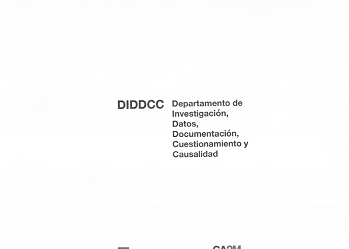
The Departamento de Investigación, Datos, Documentación, Cuestionamiento y Causalidad was created as a temporary, time-limited space for the study of the collections held by the Centro de Arte Dos de Mayo. It has been held for six months as a workshop reflecting on what it means to be a contemporary art museum through the presentation of case studies, group readings, meeting with artists and researchers, and participation in the Colección XIV: Pública exhibition.
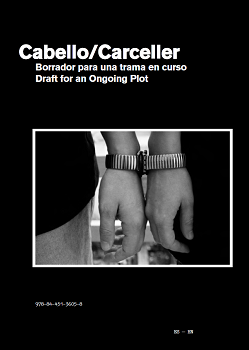
Through interdisciplinary practices, the artists offer alternatives to conventional narratives about socio-political minorities, including discussions about the role of contemporary artistic production.
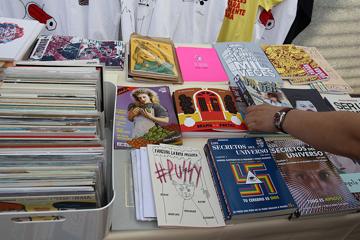
ONE FANZINE A DAY
As part of our program of library activities, CA2M will open a space for research and reflection revolving around independent editorial projects. An initiative that aims to create an archive of editions that are difficult to classify with a view to spreading and preserving this type of publication.
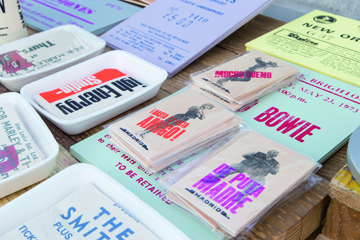
Itineraries
This space within the library came about naturally as a response to our efforts to provide room for, to lend visibility to and to register bibliographic references that are proposed as new routes for reading and expanding the library’s catalogue and to tie in with the art centre’s activities and exhibitions.
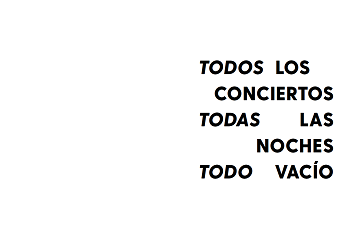
Todos los conciertos, todas las noches, todo vacío brings some of Ana Laura Aláez's latest works into dialogue with other works from the beginning of her career. The exhibition is cast as a return to the source, going back to the beginning and working in the cracks of the themes that have been a part of her work over the last twenty years.
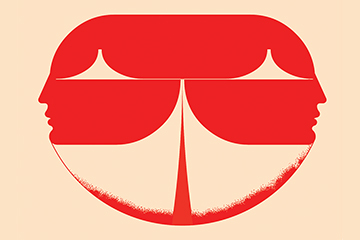
Autoplacer Festival 2020
Autoplacer is back for two days of concerts on the terrace at CA2M Centro de Arte Dos de Mayo. This year’s event will be very special and adapted to the so-called new normality. Concerts by Ajuar, Rebe, Morreo, Pantocrátor, Tzetze, Polseguera, Somos la Herencia, Toys Sarasas.
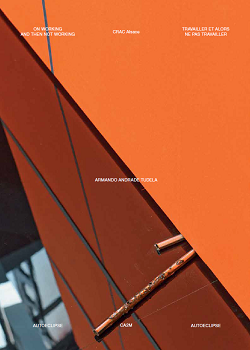
Autoeclipse is an exhibition designed to be a sort of retrospective of recent works, one that nonetheless allows us to take a critical look at Armando Andrade Tudela's work to date. The pieces on display work through the tensions they create with their predecessors, with Armando's own biography, and with the political and social development of the places where the artist has lived, reflecting an artistic endeavour in the public and social space as well as in the more intimate, private one.